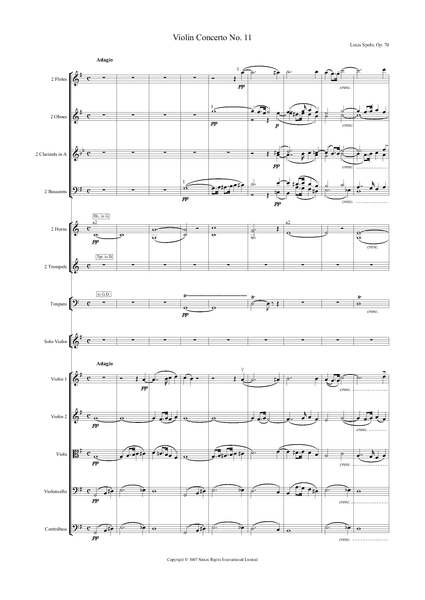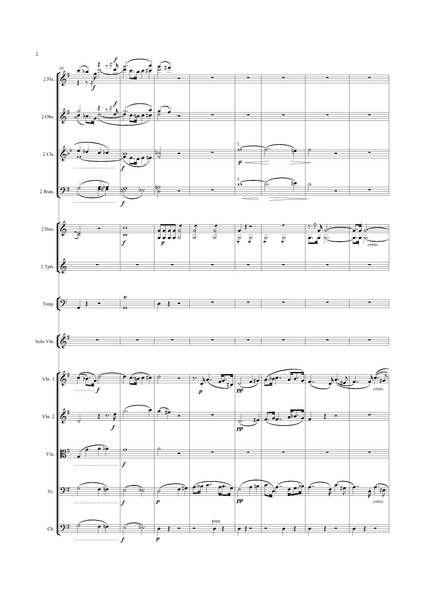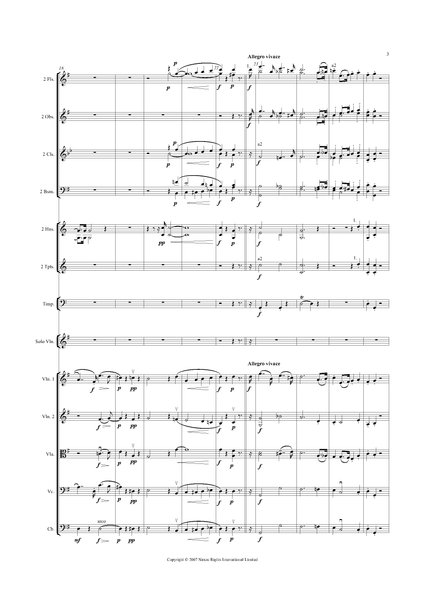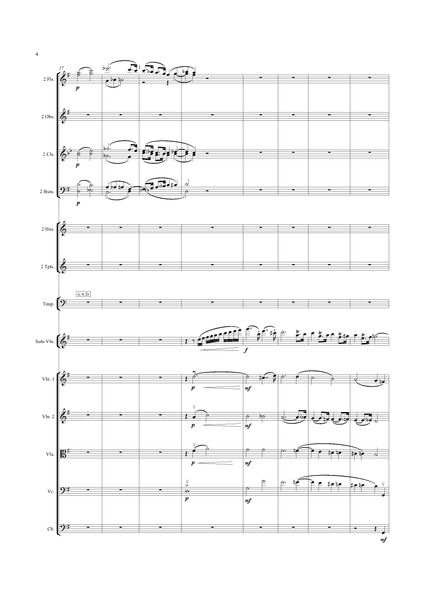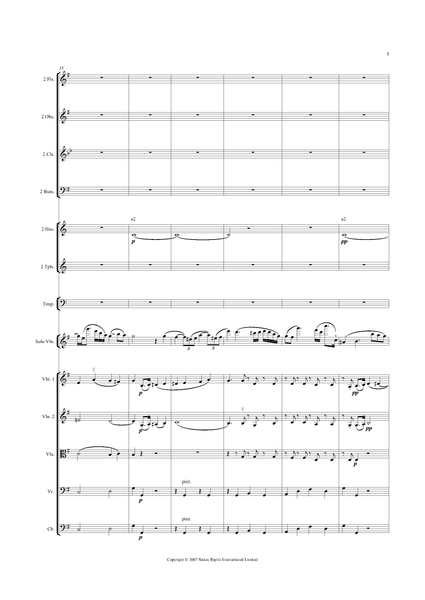Louis Spohr: Violin Concerto No. 11 in G Major, Op. 70 – full score (NXP010)
Sheet music edition. Choose your format from the selection above.
Instrumentation: 2.2.2.2 - 2.2.0.0 - timp. - violin solo - strings
108 pages
In September 1825 Spohr’s latest opera Der Berggeist was being staged in Leipzig in the presence of the composer. Remembering that it was here 21 years earlier that his solo career took off, Spohr decided to write a new violin concerto to mark the occasion and so arose the Concerto No. 11 in G major, Op. 70, which he performed in the Leipzig Gewandhaus on 19th September 1825.
The opening movement deviates from the standard type as exemplified in the Sixth Concerto in a number of ways. There is a slow introduction which opens with three rising notes in the bass and contains hints of the movement’s main thematic material then, after the orchestra bursts in with the main Allegro vivace theme, the soloist takes over after only seven bars.
The second subject seems to be at a slower tempo but this is an aural illusion as the lyrical and expressive melody is written in longer note values. It is preceded by the return of the three rising notes from the slow introduction and it is this second subject which also begins the recapitulation so that the rising phrase in the bass from the very start of the concerto marks this major structural point.
The Adagio in E minor is exquisitely beautiful with a second main theme of near Mozartian lyricism which moves into E major when it returns later in the movement. The Allegretto rondo finale opens with a country dance which tests the soloist from the outset as it features extensive double stops. A broader melody provides the main contrast, allowing the solo violin to display its singing qualities interspersed with virtuoso passagework before the music reaches a powerful conclusion.
For many years the Eleventh Concerto was ranked with the Seventh, Eighth and Ninth as one of Spohr’s four masterpieces in the genre (the Tenth is an early work published out of sequence) but it gradually dropped out of the repertory as the twentieth century progressed and the composer’s reputation declined. Such a fine concerto is surely due for a comeback.
Keith Warsop
Chairman, Spohr Society of Great Britain
Audio Sample






